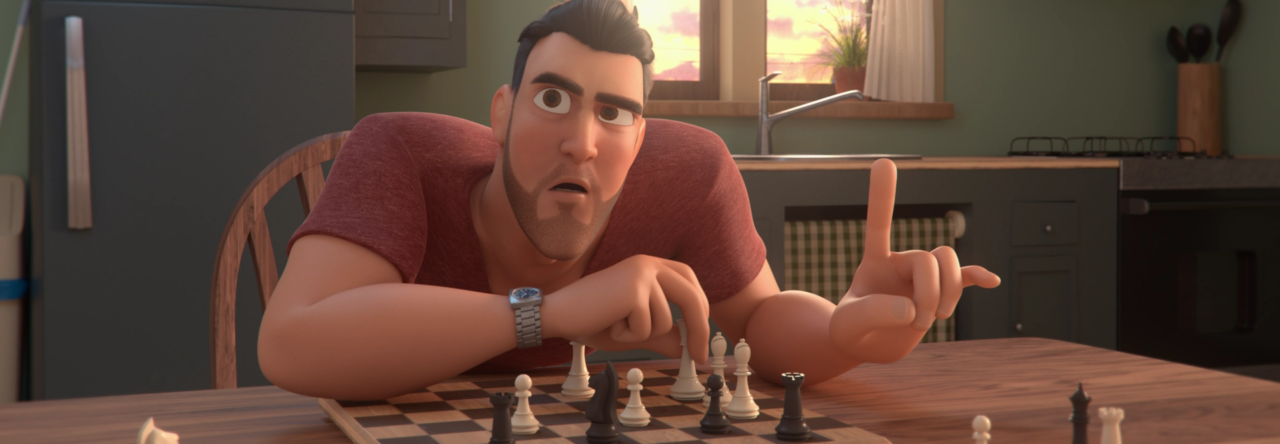There is an old famous proverb “the eyes are the window into the soul” which simply means that a person’s eyes can betray what they are truly feeling at any given moment.
Our eyes, more than other parts of our body, make us feel “human”. As artists, they are the key to convincing the viewer that what we have created is real, emotional, and true. Eye animation is what takes an animated character from looking great to feeling real. Emotion and action begin in the eyes. When you turn your head, it is your eyes that lead the action. When you are disgusted and have to look away, it is your eyes that close first. Thought and feeling start with the eyes and then descend to the rest of the body. But how? How can you convey feelings and emotions through two small orbs of geometry? By understanding that eyes are not just seeing the world, but processing it. Take a moment and look at your eyes in the mirror. Do you see that? That small quick motion where your pupils travel across your eye and then darts to a new position. In animation, we call that an eye dart and it allows animators to quickly and simply convey that a character is truly alive.
Animschool instructor Ricky Renna in his class on Facial Performance makes it a priority to understand, analyze and execute a successful eye dart. An eye dart is not a one size fits all idea but rather the speed and frequency of an eye dart can actually determine how a character is thinking. Are they frantic? Are they scared? Are they exhausted? Maybe they are about to fall asleep and so their eyes slowly dart through the air, unfocused and hazy as their brain starts to prepare itself for oblivion. Maybe your character is searching for an answer under perilous circumstances and so their eyes are quickly darting around, searching for an answer just out of reach. If an eye dart expresses thought or action in a character, it can also be used to convey a lack of thought or control. Your character could be hypnotized, losing the ability for independent thought and so their eyes remain completely still and unblinking. An eye dart can be as complex as creating the illusion of a character attempting to perform rocket science but it can also be as simple as a technique to keep your character feeling “alive.”
But how can you animate an eye dart?
Eye darts are a series of small movements within the eye happening constantly. On a technical level these darts average between 2-3 frames and about 80 percent of the movement in an eye dart will happen in just one frame with some small settle on the rest. A two to three-frame eye dart creates a nice crisp movement to patch back into the rest of your animation. But an eye dart doesn’t just affect the geometry of the eyeball itself, it impacts and influences the flesh around it, or in this case the eyelids. To really give the impression of a character that is fleshy and real, after completing a full pass on eye darts, go back in and ever so subtly have the eyelid motion follow the eye. If your character’s eyes dart down, the eyelids should subtly follow that motion soon after. Keep in mind that animation is a tool to mimic real life and so since in real life your top lid would move more than your lower lid, use that in your animation. By taking the time to execute a thoughtful and intentional eye pass, your animation can transform from “student level” to industry professional level work.
For an in depth analysis of eye darts and eye animation on feature level scene be sure to watch Ricky’s full lecture
Download AnimSchool’s Feature Level Rig for Free and start animating today!
Start your 3D Animation Journey in our next 11-week term at animschool.edu


Leave a Reply